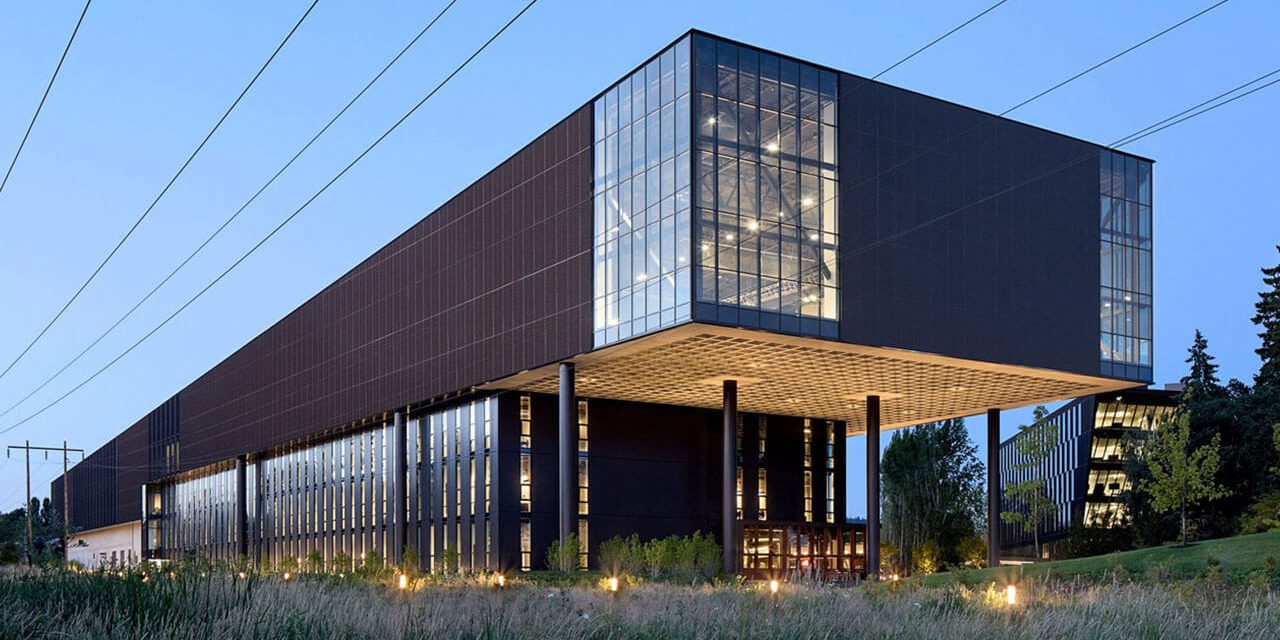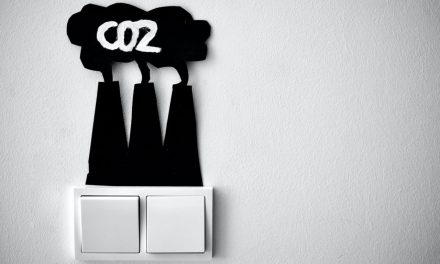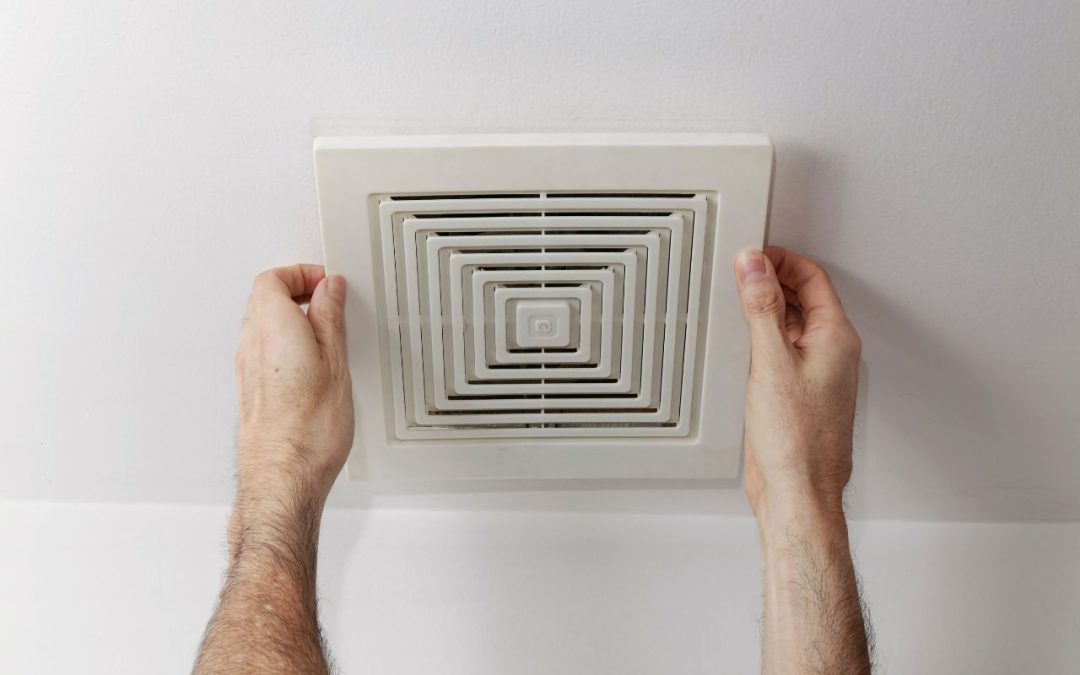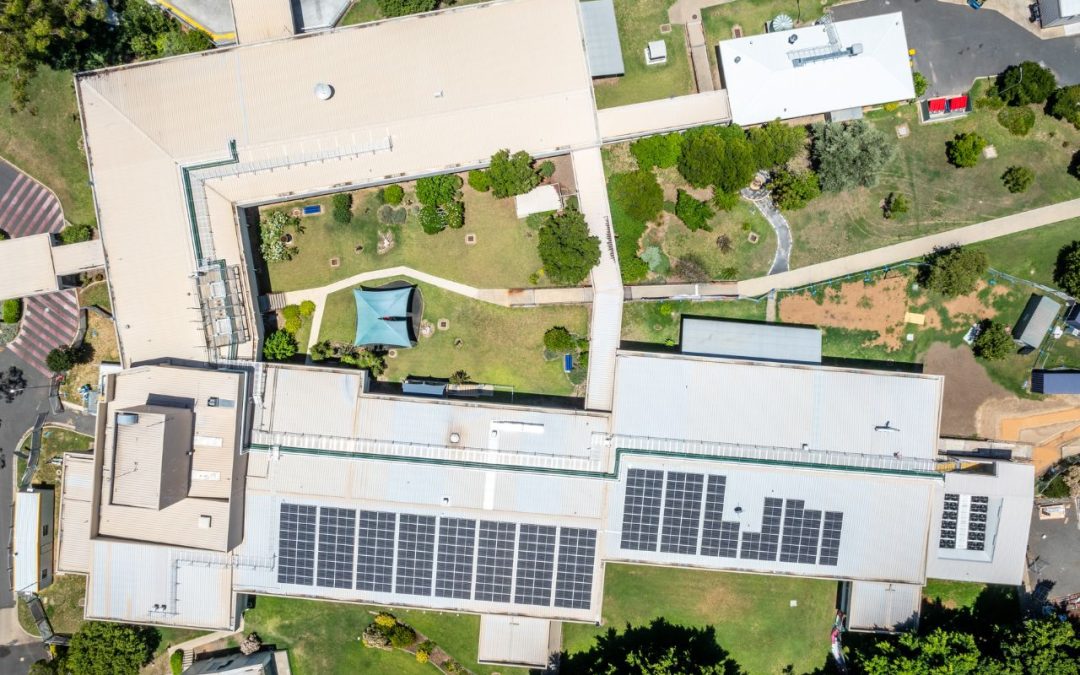The LeBron James Innovation Center at Nike World Headquarters (WHQ) embodies the pursuit of excellence in sport and sustainability, writes Mark Vender.
Take a stroll around Nike’s 300-acre global corporate campus just outside of Portland, Oregon, and you’ll find the major buildings are named after famous athletes. Serena Williams, Michael Jordan and John McEnroe all have their names on show, and now LeBron James, aka The King, does too.
The LeBron James Innovation Center is all about the quest for high performance. It incorporates design studios, offices and meeting spaces, prototyping labs, an indoor research facility, and a 100m outdoor track inclined at 15 degrees. Everything is at hand to not only develop sporting technology, but also to test and refine it.
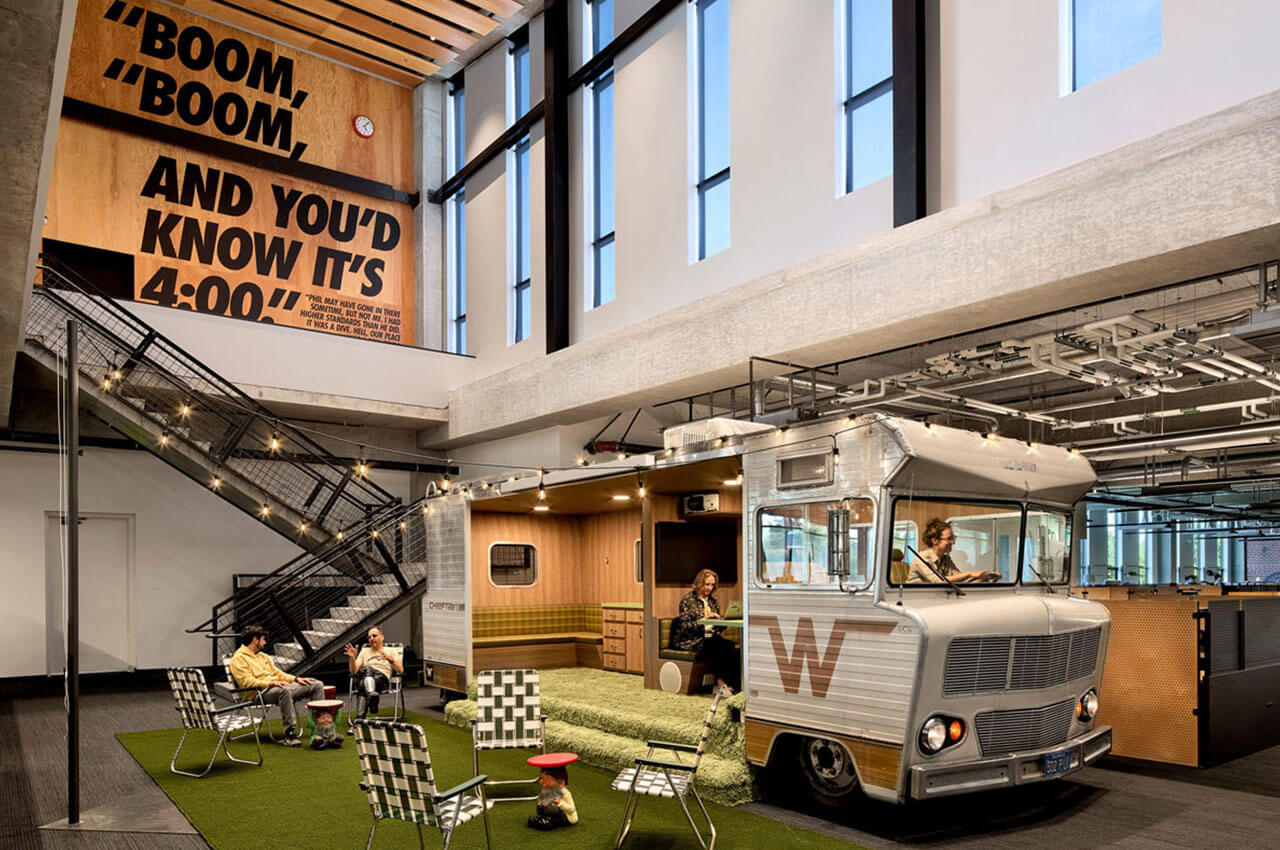
The building has earned LEED Platinum status.
Mind over matter
Raw and rectangular, the edifice has two layers of cladding – black steel mesh and gold-painted sheet metal. At the top of the building sits the Nike Sport Research Lab (NSRL), cantilevered 15m above the main entrance. As well as a show of engineering power, the waffle slab base is a nod to the iconic pattern of early Nike shoes.
Inside, the NSRL boasts a track, full-sized basketball court and partial soccer pitch, and connects to the outdoor running track. As athletes put new products through their paces, data is collected via motion-capture systems and force plates said to be so sensitive they can detect the heartbeat of a person standing on them.
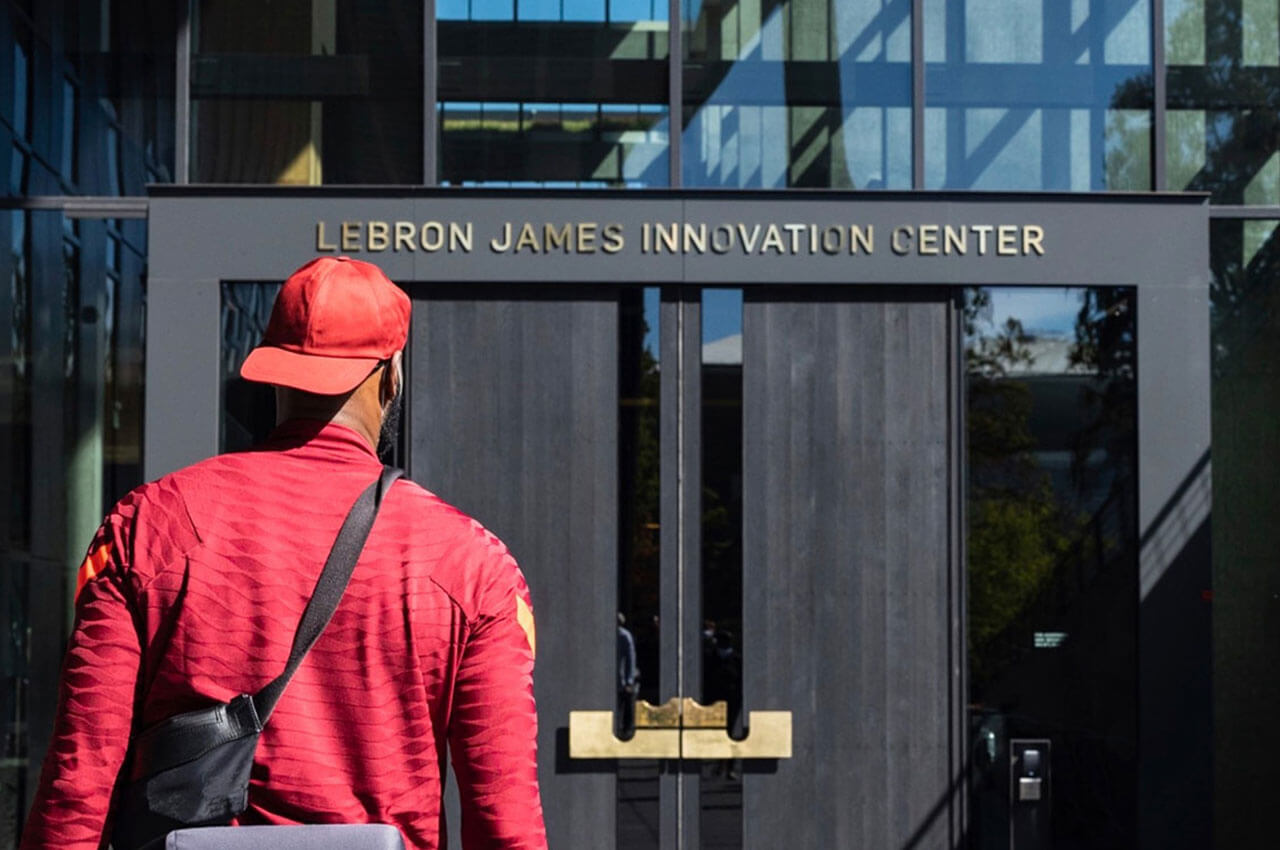
“The waffle slab base is a nod to the iconic pattern of early Nike shoes”
Take the LEED
The pursuit of high-performance isn’t limited to sport. The LeBron James Innovation Center is the second largest LEED-NC v2009 Platinum building on the US west coast, and the largest in the state of Oregon. Sustainability strategies include passive ventilation and daylighting via the central atrium, a 300kW photovoltaic array, and energy-efficient air-source heat pump central utility plant.
With four NBA championships and more than 30,000 points over his career, LeBron James now also has a cutting-edge green building to his name.
“It feels very fitting,” says James, “because I’m always trying to figure out ways I can continue to innovate and continue to break the timeline of what they say is your prime.”
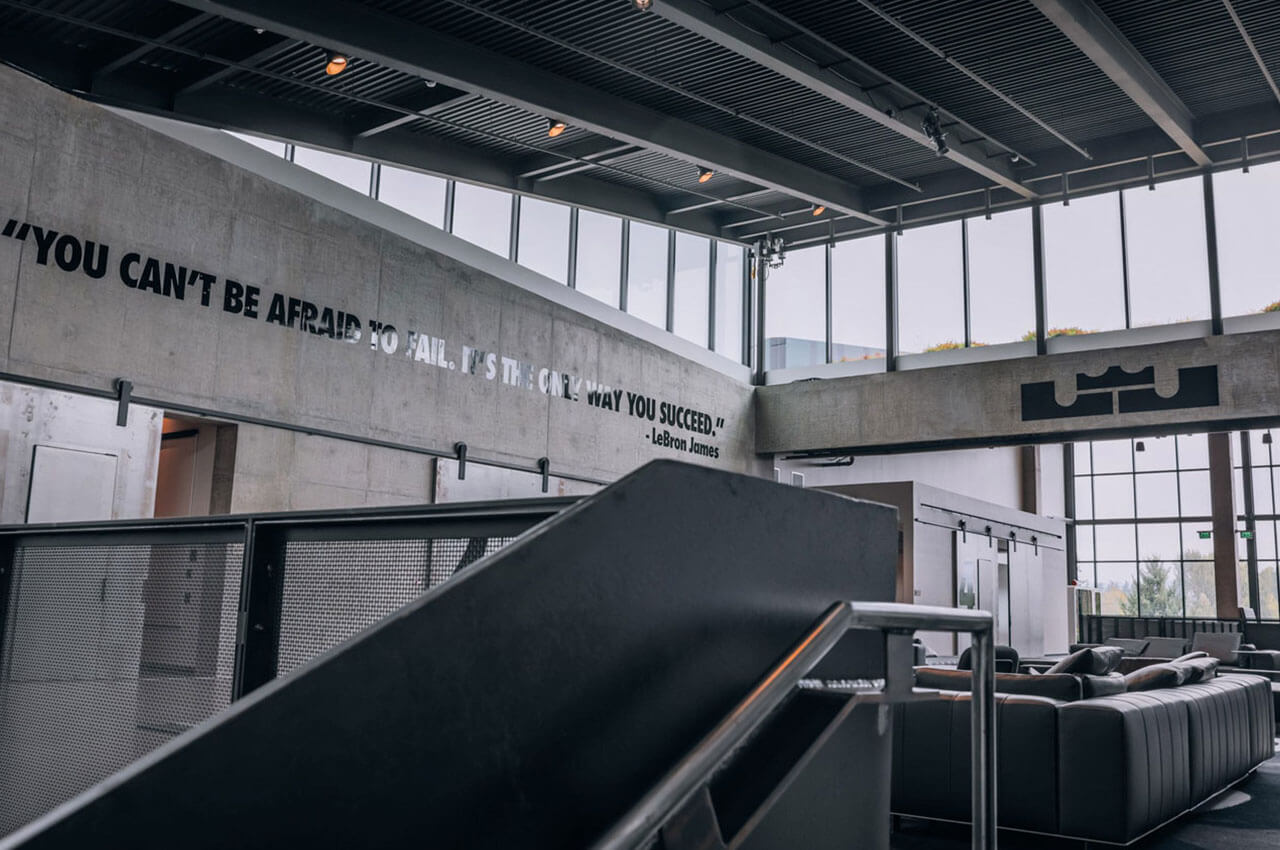
Basketball great LeBron James now has a cutting-edge building to his name.
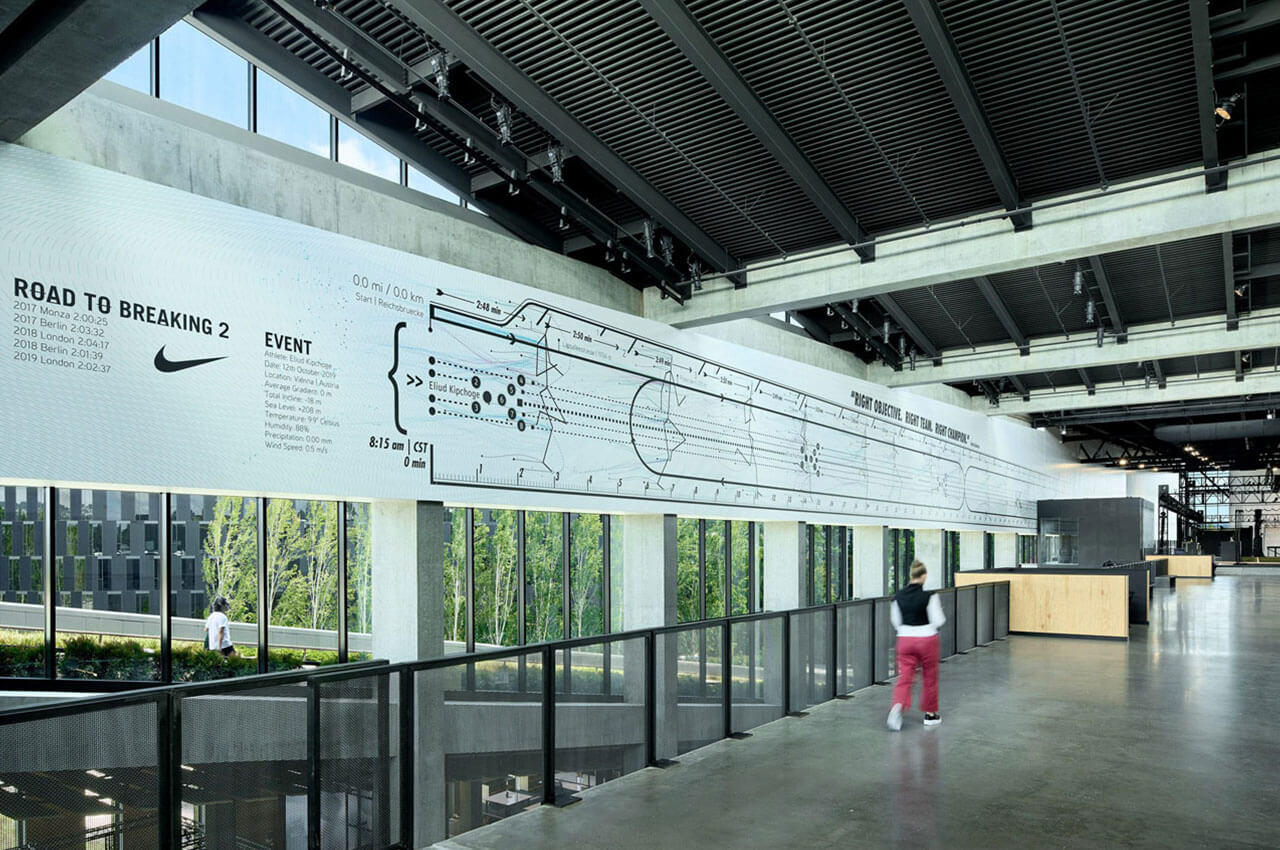
Sustainability strategies include passive ventilation and daylighting via an atrium.
Like to know more?
To check out a video about the LeBron James Innovation Center, click here.
